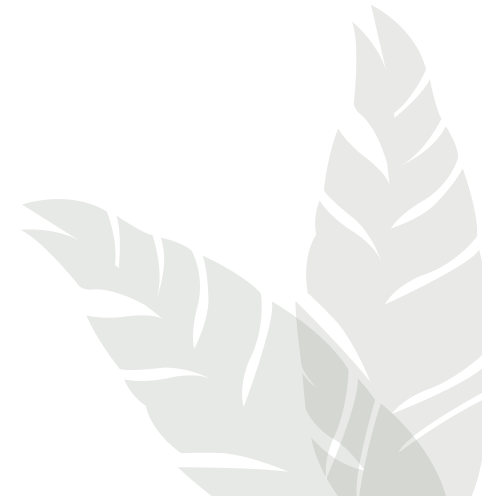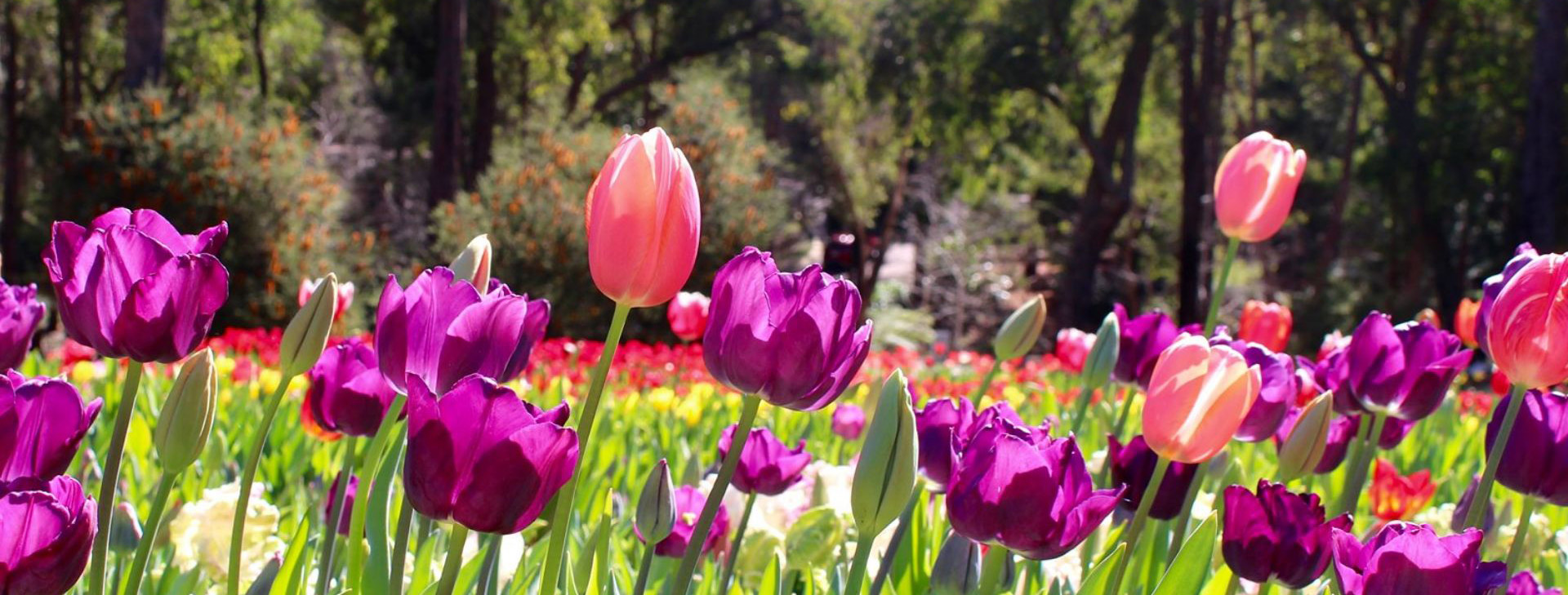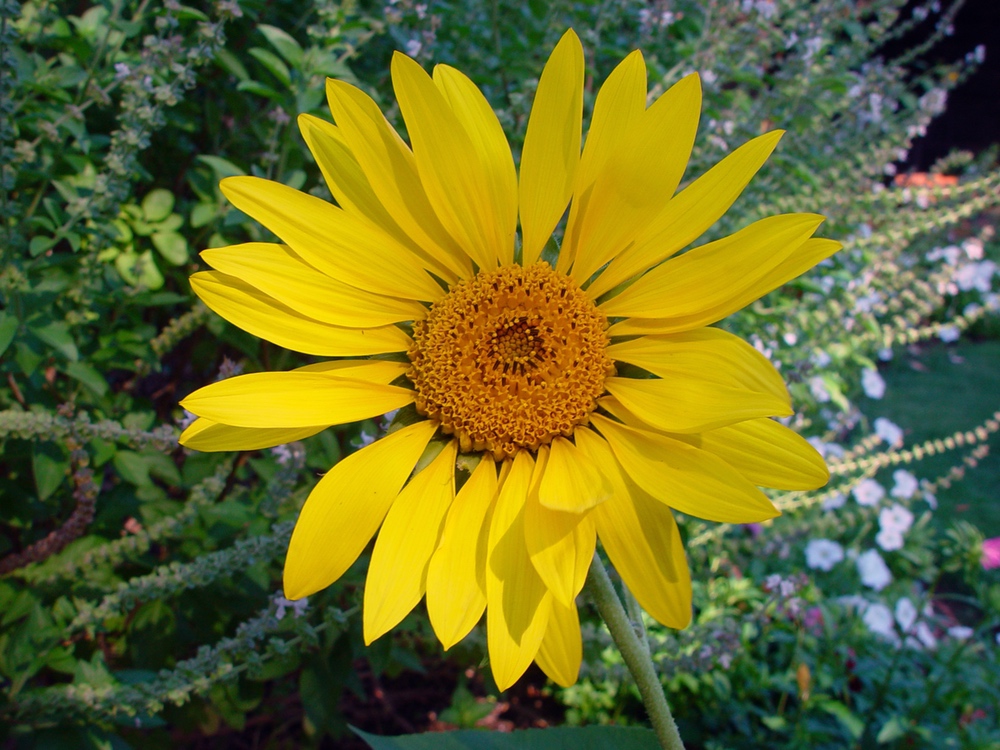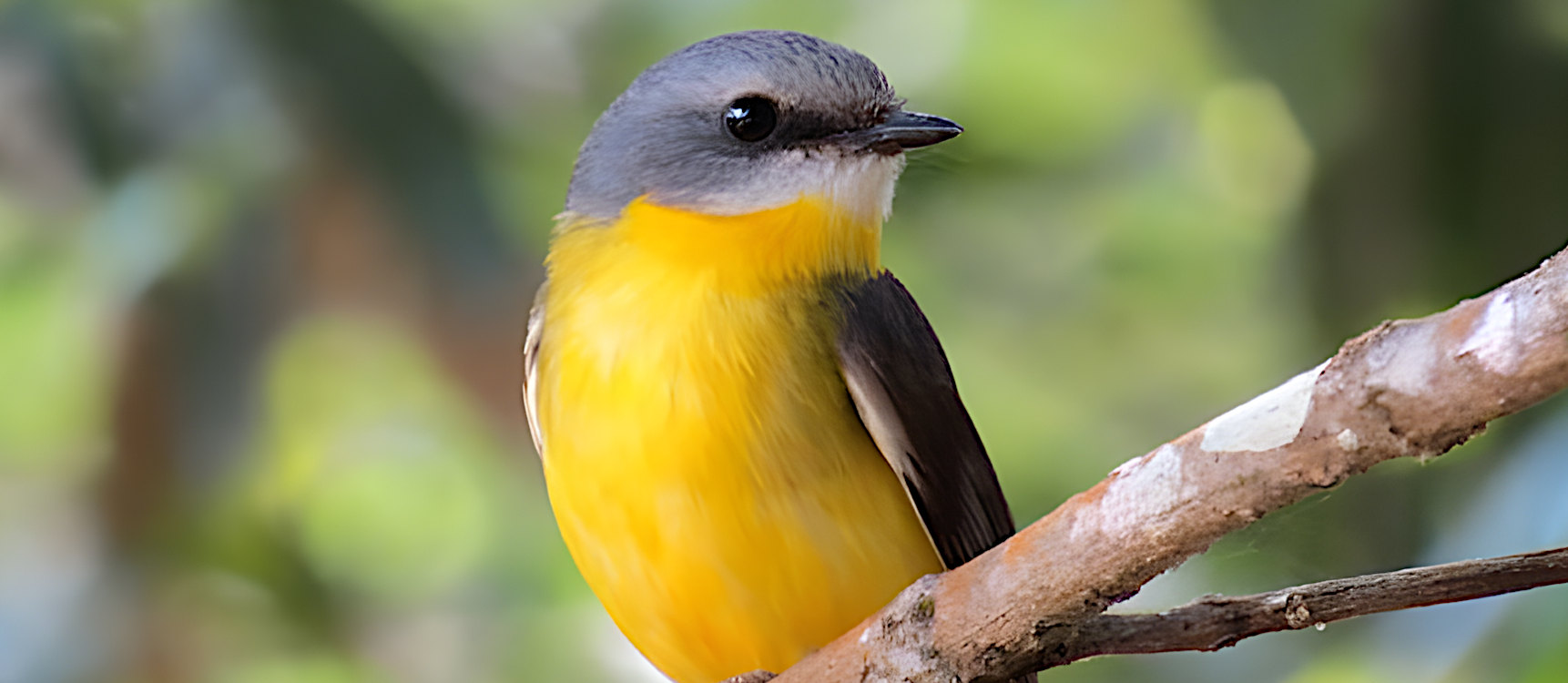Set within a steep-sided valley in Roleystone, Western Australia, Araluen Botanic Park offers a rich, multi-layered canopy that reflects decades of intentional planting, ecological succession, and preservation of native forest structure. For horticulturists, the Park is a compelling study in the interplay between remnant native forest, introduced ornamentals, and thoughtful landscape curation.
This is not simply a garden with trees—it is a tree-driven landscape.
🌿 The Dominant Canopy: Marri and the Indigenous Framework
The Corymbia calophylla (Marri) is the dominant canopy species throughout the valley. As the prevailing natural tree of both the Park and surrounding forest, Marri forms a foundational ecological layer. Mature specimens reach heights exceeding 40 metres, with deeply fissured, tessellated bark and large, urn-shaped gumnuts (honky nuts) that provide vital food resources for black cockatoos and other fauna.
Interspersed with Marri, though less dominant today due to historic timber harvesting, are the once-prevalent Eucalyptus marginata (Jarrah) and Eucalyptus patens (Blackbutt). These cohabitants speak to the original forest structure that existed long before ornamental plantings began. In moist gullies, Eucalyptus rudis (Flooded Gum) adds structural and ecological diversity.
These native trees, together with the Park’s careful retention of natural bushland, create an invaluable context for the horticulturally significant plantings that have followed.
🌲 Historic Plantings: Western Red Cedar, Cypress and Acer Collections
Araluen’s heritage includes remarkable conifer specimens, many now entering late maturity. Among them are grand old Cupressus spp. (Cypress) and Thuja plicata (Western Red Cedar)—trees that anchor the Park’s heritage areas and provide crucial winter structure, filtered shade, and a striking contrast to the surrounding eucalypt forms.
The collection of Acer spp., particularly Acer palmatum cultivars and Acer rubrum, contributes exceptional seasonal interest. These deciduous species offer vibrant autumnal displays and fine-textured summer foliage that complements the broader-leaved native species.
From a horticultural design perspective, these exotic trees contribute to a compelling textural and tonal palette—contrasting the ruggedness of native bark with smooth, often ornamental trunks and branches.
🌸 The Ornamental Spring Display: A Curated Succession
Perhaps Araluen’s most celebrated feature is its succession of ornamental flowering trees, carefully selected to provide staggered bloom times from late winter through mid-spring.
Key genera include:
- Prunus spp. – Including flowering cherries (P. serrulata, P. x yedoensis), flowering plums (P. cerasifera), and ornamental apricots, providing early season pink and white blossom.
- Malus spp. (Crabapples) – Highly ornamental in flower, with select cultivars also producing fruit of interest to both wildlife and visitors.
- Pyrus calleryana (Ornamental Pears) – Columnar and spreading forms offer structure, spring bloom, and autumn colour.
- Magnolia spp. – Including both deciduous M. x soulangeana types and evergreen M. grandiflora, adding architectural form and strong visual contrast.
- Rhododendron spp. and hybrids – Flourishing under canopy and in moist, acidic pockets, these contribute a splash of colour and evergreen texture.
Also of note are Lagerstroemia indica (Crepe Myrtles), which extend the colour display into late summer, and demonstrate excellent performance in Perth’s Mediterranean climate.
🧪 Textural and Sensory Richness: A Horticulturist’s Delight
For the observant practitioner or plantsperson, Araluen offers a textbook of texture and form:
- Bark variation: From the tessellated roughness of Marri, to the exfoliating surfaces of Crepe Myrtle and Acer griseum.
- Foliage morphology: The compound leaves of Robinia contrast beautifully with the finely dissected palmate leaves of Japanese Maples.
- Fragrance: Many trees, such as Rhododendrons and Magnolia, provide seasonal fragrance, while Eucalyptus oils lend a distinctive ambient scent.
The layering of canopy, understory and groundcover across the Park is a case study in creating resilient, aesthetically rich, and climate-appropriate plantings.
🔬 Ecological Value and Conservation Context
Araluen plays a unique role in preserving remnants of the Darling Range’s original forest cover, while integrating exotic specimens that support aesthetic and educational outcomes. The Park is also home to several significant bird species, pollinators, and beneficial insects that depend on the diversity of flowering and fruiting trees for habitat.
From a conservation horticulture perspective, this coexistence of biodiversity and botanic beauty is both rare and commendable.
📸 For the Horticultural Photographer
Araluen offers exceptional photographic opportunities across all seasons. Key features to capture include:
- Spring blossom succession from Prunus to Magnolia
- Autumn foliage of maples and ornamental pears
- Contrasts in bark and leaf structure, ideal for macro and texture studies
- Mature tree form and branching architecture, particularly Cedars and Blackbutts
- Light filtering through canopy layers—particularly stunning at golden hour
Time-lapse photography of blossom progression, or detailed botanical videography of seed development and pollinator activity, would also provide rich material for educational content.
🌳 Conclusion: A Dynamic Tree Collection Rooted in Heritage and Discovery
For the horticulturist, arborist, or landscape professional, Araluen Botanic Park is more than a pleasant day out—it is an evolving, living arboretum that reflects the legacy of early landscape visionaries and the promise of future ecological stewardship.
Its collection of native and exotic trees is not only impressive in scale and beauty, but in the way it integrates ecology, design, and visitor experience into one cohesive whole.




